- Get link
- X
- Other Apps
Connect the monitor to the laptop using Type-C | How to connect one, two or more monitors to a laptop
- Get link
- X
- Other Apps
The relatively small screen of a laptop may not fully meet your expectations. Connecting the monitor to the laptop solves this problem. Connecting to a second, third or even fourth monitor can help you have more space and more control over the workflow. So join us to tell you how to connect the laptop screen to an external monitor.
Basically, having multiple monitors means that you no longer have to display all the programs on one monitor. For example, you can display your email on your laptop screen and run Photoshop on a larger screen. You may also have a separate monitor for coding.
This article explains how to connect a monitor to a laptop on an external monitor and customize the display. We have also given you the details of the resolution limits for different connections and tips on finding the right adapter if the video inputs do not match.
How to connect the monitor to the laptop: Check the connections
If your laptop has a Windows operating system, setting up external screens should be very easy. The first step is to determine the type of cable you need. Most modern laptops have HDMI, DisplayPort, mini-DisplayPort or USB Type-C. For communication between the external monitor and the laptop screen.
How to connect a second screen to your laptop: Expand or copy
Is the purpose of using an external screen to provide a conference? Here you need to display the entire contents of your notebook screen in full on the second screen. Then you have to select the Duplicate option.
Use the "Duplicate" or "Second Screen Only" options to view the presentation through a projector or play a movie. If you want to run a specific program on the second screen, use the Extend option.
Windows 7 users should follow a different procedure. Right-click on any part of the Desktop and select "Screen Resolution", then select "Multiple displays" from the "Extend these displays" drop-down menu on the laptop and click Apply.
Note: If after applying these settings your monitor still does not display the output of your laptop automatically, you may need to use the buttons on the monitor to get the correct input.
How to connect the second screen to the laptop: fine-tuning
By default, Windows places the laptop's internal screen to the left and the external monitor to the right. This means that when you go to the monitor you have to move the mouse pointer to the right of the internal screen. If you have the opposite case, because the monitor is located on the left, you need to change its settings slightly.
On the Desktop, right-click and select Screen Resolution. Then inside the displayed window, click on the display icons (screens are numbered 1, 2, etc.). You can change the order of priority of the screens with Drag & Drop. If you are not sure which page is number one and which is number 2, click the "Identify" button and the numbers will be displayed on each page.
You will notice that Windows does not limit you to settings only left and right. You can also arrange the monitor to be above or below the laptop to connect the monitor to the laptop. You can also adjust the position of the pages so that different windows and other items cover the two pages and match.
How to connect the second screen to the laptop: Adapters and USB-C problems
If you have DVI and HDMI, HDMI and DisplayPort or even VGA and any of the above connections, do not be afraid. You can still connect multiple monitors using a dual-purpose cable, such as DVI-to-VGA, HDMI-to-DVI, or some other adapters or converters. Most laptops typically use USB Type-C sockets for more complexity, carrying data, movies, and charging capabilities.
The Apple MacBook only has one USB Type-C socket, but it works for everything, so if you want to connect it to a second monitor or USB hard drive for backup, you need to add a multiple adapter. . The new MacBook Pro laptops have 2 to 4 USB Type-C ports and offer much better flexibility.
Type-C has many uses. But what your laptop port can and cannot do is not always clear. In fact, some devices only support USB 2 connectivity and power transmission, and can not transmit video signal at all. In contrast, others offer a maximum of USB 3, but do not allow you to connect to a monitor. Unfortunately, there is no way to tell beyond testing the hardware of the USB controller your laptop uses.
How to connect the second screen to the laptop: Adapters and USB-C problems Part II
There are also changes to the USB-C specs: for example, Thunderbolt 3 technology, which is provided for USB-C cables with MacBook Pro 2016 laptops, only transmits data and power.
If you want to use the same cable to connect your MacBook Pro to your monitor, you will no longer have a chance. Again, there is no way to tell beyond trial and error or buy a video data compatible cable.
Fortunately, cables are very cheap, even if the USB Type-C standard is relatively new. If you need to convert HDMI to USB Type-C, for example, by connecting a small USB Type-C adapter to HDMI at the end of your Type-C, you can get a low-cost converter at Partako.
However, it is better to buy a multiple converter instead, which gives you much more flexibility. These connections are slightly more expensive than one-to-one converters, and provide monitor connectors, standard USB accessories, and power input together.
How to connect the second screen to the laptop: Get the right resolution
However, there is another factor in choosing a cable or converter. Depending on the specifications of your secondary monitor, some video connections may not be able to display images in the original resolution of the monitor.
Although you can still attach the monitor as a secondary display, you may find that the screen is stretched or blurred than it should be. With many low-cost consumer monitors that use WQHD (2560 1, 1440 pixels) or 4K (3,840 2 2160 pixels) resolution, it's worth choosing the right quality for your particular device. Be.
Although here is no hard limit to the maximum VGA connection resolution, laptop graphics cards are often around 1,536 x 2048. It is important to know that images via VGA cable can be viewed with lower resolution and quality because it is an analog signal and not a digital connection.
A DVI connection is a better choice. Because this is a digital connection, but you still have to be careful. If you want to use a resolution higher than 1920 x 1200, you need a dual-link DVI cable and a compatible dual-link connection on your laptop. Take a look at the image below to see the difference between a two-link cable (left) and a single-link cable (right).
The latest standard, DisplayPort 1.3, adds 8K support (7,680 x 4320 pixels). With some laptops and graphics cards, different outputs support different resolution and refresh rates. Therefore, before buying any cable or converter, it is necessary to check which connection is more capable. If you do not receive the right item, you may end up with a lower resolution and refresh rate provided by a better quality monitor.
If you recently have an Apple laptop or desktop with a Thunderbolt connection, keep in mind that you can use a ‘mini DisplayPort-to-DisplayPort’ (or DisplayPort adapter) cable to connect to any compatible monitor. The secondary display does not need to support Thunderbolt 3 input. You can get the 'mini DisplayPort-to-DisplayPort' cable for a few dollars on Amazon.
How to connect the second screen to your laptop: Connect two or more monitors to the laptop
In many cases, connecting two (or more) monitors to your laptop is simply connecting them to multiple video outputs. Depending on the age of the laptop and the graphics chipset inside, there may be hardware limitations that prevent this. Older laptops may only support two monitors: a laptop monitor and a secondary monitor. Newer models may allow as much as three external monitors. Other devices, such as ultrabooks, hybrids, and tablets, may have only one display output, or possibly no restrictions at all.
However, there are ways to add an extra monitor even if you have already used all the connections, or your laptop does not have video output.
For devices with a DisplayPort 1.2 connection, there are several options. First, you can purchase a DisplayPort hub that splits your unit connection into multiple outputs. These splitters are not cheap, but allow the existing DisplayPort connection to simultaneously support two monitors 2560 x 1,600 and a third monitor 1,920 x 1,200. Another option is to buy monitors with chain capabilities: Compatible monitors use a DisplayPort output to allow you to connect multiple monitors via a single DisplayPort connection.
How to connect the second screen to your laptop: Connect two or more monitors to the laptop Part II
Even if you have an old laptop or device without an active video connection, all you need is an extra USB port to add a secondary display. There are affordable USB to DVI, VGA or HDMI converters on the market that allow you to add additional monitors. You may need drivers for Windows 7 or higher, but Windows 8 devices should download them automatically.
Whatever you decide to do, make sure you consider the resolution issues mentioned earlier when connecting multiple monitors. For example, if you want to run a 4K monitor and a 1920 x 1080 monitor at the same time, be sure to connect the 4K monitor to a video connection, which allows you to use the highest resolution.
Source : Partako
- Get link
- X
- Other Apps
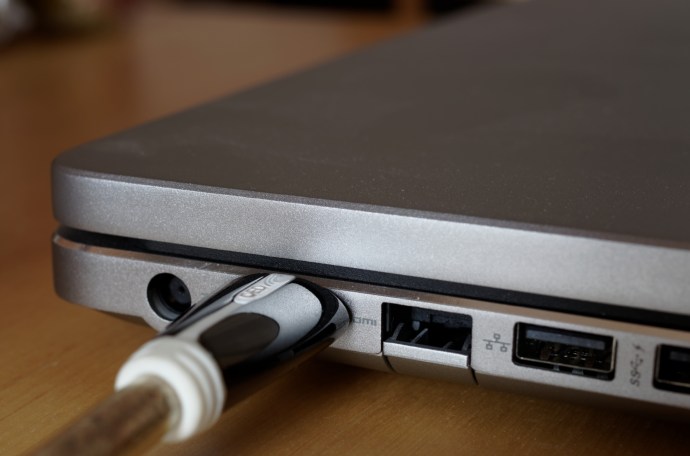

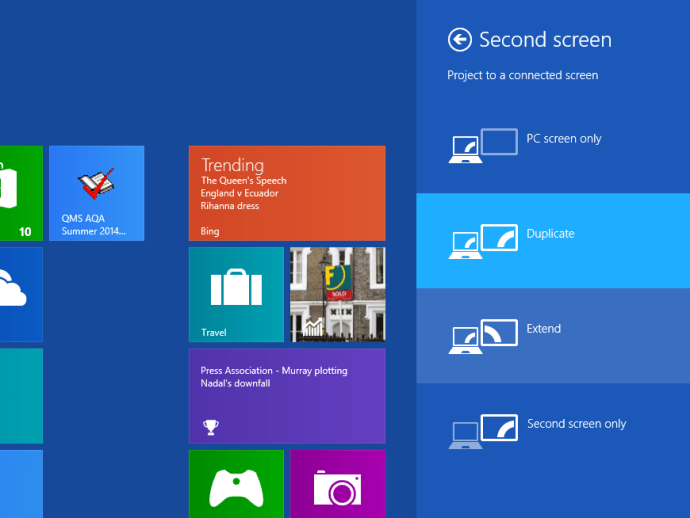
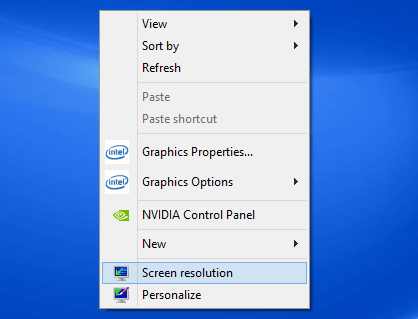
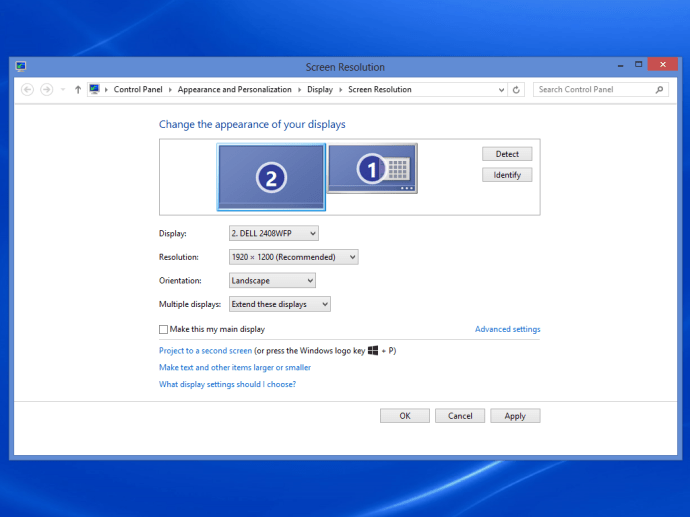
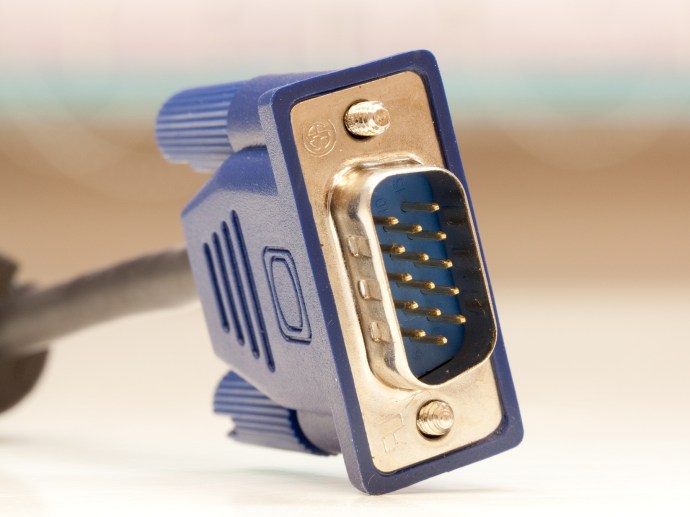
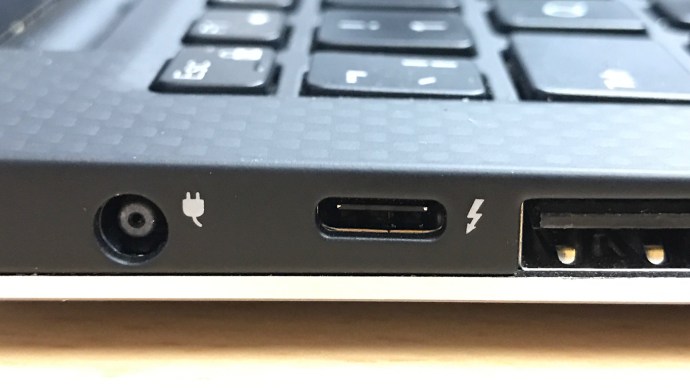
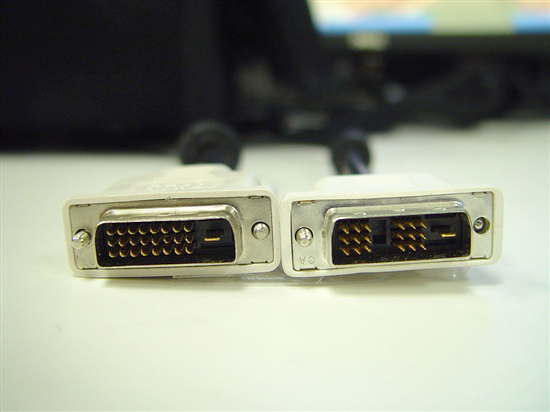
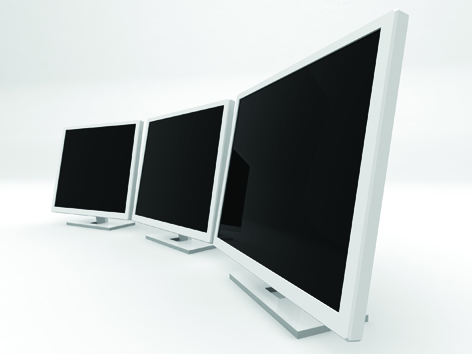
Comments
Post a Comment